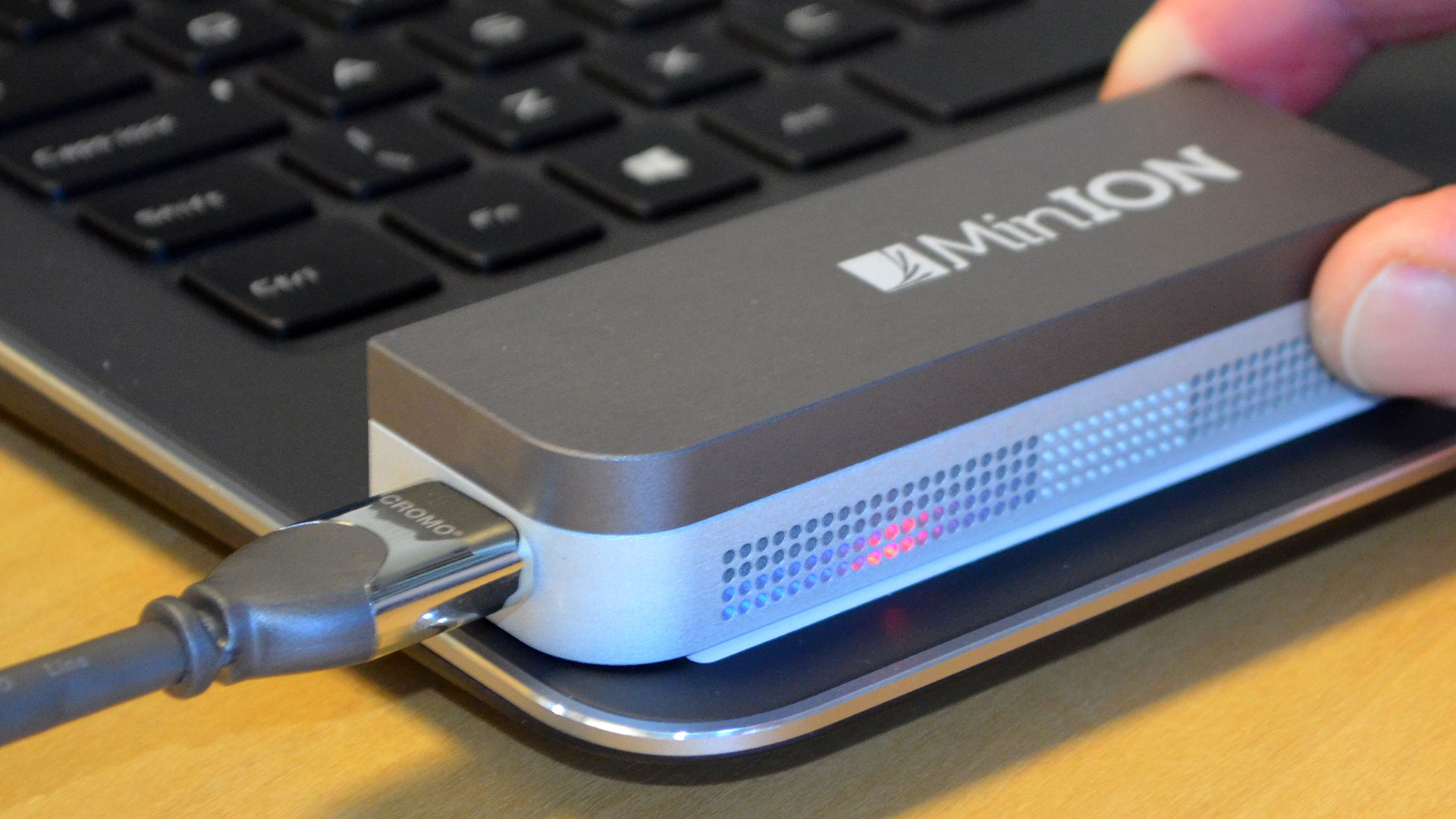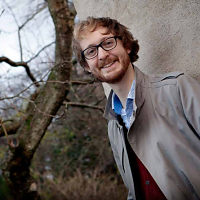Waiting for a Star Trek-style Tricorder? This might well be the first step
Data gathered is consistent and of good quality

A few months back, we wrote about the MinION DNA sequencer - a handheld device that plugs into a USB port of a computer and is capable of sequencing DNA. Back then, there were hopes that it could be useful in many scientific fields, but worries over accuracy rates.
Now those accuracy rates have been tested, and the results are looking pretty promising. For several months now, its creator, Oxford Nanopore, has run an "access programme" that has let thousands of laboratories all over the world get access to the technology and contribute to its development.
To see how accurate the device is, five labs in the UK, US, Canada and Netherlands used it to perform two sets of ten experiments, all following the same instructions. They found that the data gathered by MinION was consistent between the labs, and of good quality, though they did point out some flaws in software clarity and how molecules pass through the device.
Critical Problems in Challenging Environments
"The device performs well now, particularly for viral and bacterial genomes, so you can ship it anywhere and know you're going to get the same result," said Mark Akeson, a co-inventor of the technology used in the device and consultant to Oxford Nanopore.
"We're looking at a democratisation of sequencing in the not-so-distant future. That is changing things for people who need to solve critical problems in challenging environments, like tracking Ebola strains during the recent outbreak in West Africa.
"Another challenging environment is space - the MinION will be the first DNA sequencer tested in space, by NASA on the International Space Station."
Camilla Ip, who helped coordinate the tests, added: "In a few years' time, people who may be several steps removed from basic genomic research, like teachers in a classroom, could be using this device to teach science in new, exciting ways that have never been possible before.
Get daily insight, inspiration and deals in your inbox
Sign up for breaking news, reviews, opinion, top tech deals, and more.
"The kids who are about to go to university and join the workforce are the ones who will be creating new smartphone apps that use this sensing device for applications we haven't yet imagined."
